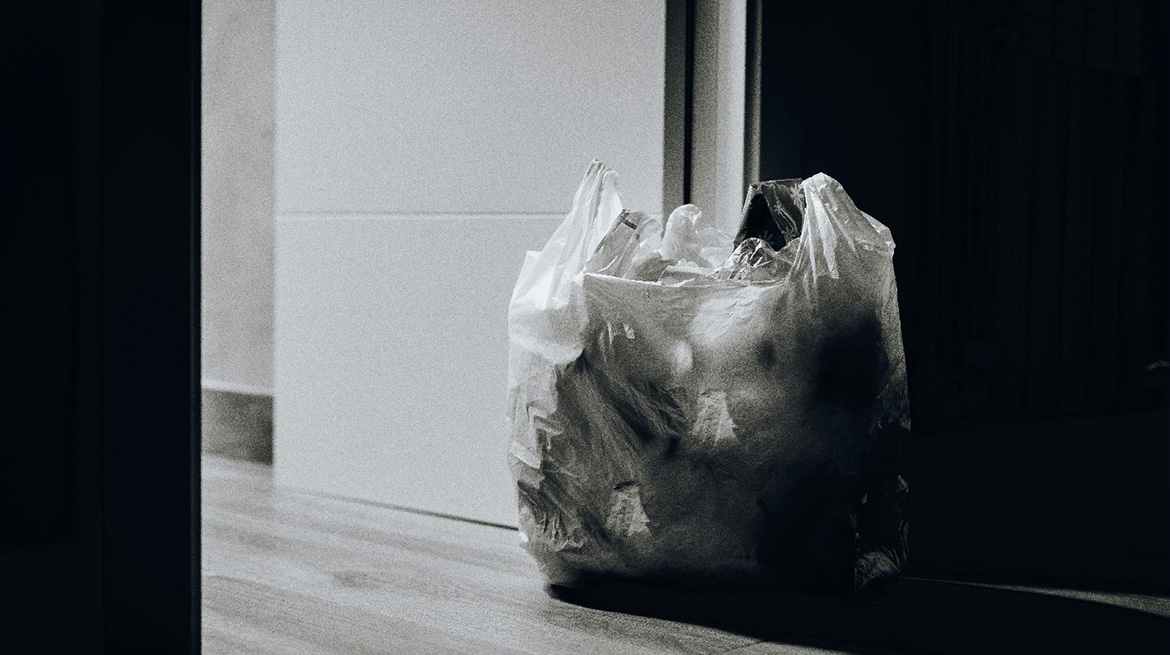On a hot summer Sunday, I was struck by a moment of realization as I emptied my dustbin. I began segregating the waste, and to my surprise, nearly 80% of it consisted of single use plastics, variety of refill packs, beverage packets & grocery wrappers. This made me pause and reflect. With the rapid pace of urbanization and continuous development, it has become an integral part of human civilization. the entire world may become as non-decomposable as plastic itself. Plastic has reached a scale beyond human imagination. Can we truly imagine a plastic free world now? Is it even possible to think of daily life without plastic? This remains a deeply debatable question.
INTRODUCTION
According to UNEP data, the annual production of plastic and plastic waste doubled in 2019 compared to 2000. Alarmingly, if current trends continue, this figure is expected to triple by 2060 under a business-as-usual scenario. According to the Central Pollution Control Board (CPCB), around 25,940 tonnes of plastic waste are generated daily in India.
Chemical composition of various different plastics;
- Polyethylene Terephthalate (PETE or PET)
- High-Density Polyethylene (HDPE)
- Polyvinyl Chloride (PVC)
- Low-Density Polyethylene (LDPE)
- Polypropylene (PP)
- Polystyrene or Styrofoam (PS)
- Miscellaneous plastics(includes: polycarbonate, polylactide, acrylic, acrylonitrile butadiene, styrene, fiberglass, and nylon)
This waste is primarily composed of thermoplastic materials like PET, LDPE, HDPE, and PVC, which are recyclable and non-recyclable, including thermosets, multi-layered materials, and thermocol.
Hazardous impact of microplastic
As a typical emerging pollutant, its potential health hazards have been widely concerning. Toxicity mechanism of microplastics includes dangerous Cell oxidative stress and DNA damage. Organoids: dysfunction, Animals: metabolic disorder, immune response, neurotoxicity, as well as reproductive and developmental delay.
Plastic capable of affecting land, waterways and oceans as a large percentage of marine and land creatures have died due to the fact that plastic is non-biodegradable and it causes hazards to soil. It also emits toxic gasses when exposed or heated up. It blocks drainage lines and fills up land space causing floods and erosion.
What about the solution, do we really aware enough to manage the condition promptly. Use Reusable Shopping Bags &Water Bottles, Choose Products with Minimal Packaging, Support Refillable and Bulk Shopping, Swap Plastic Wrap for Reusable Containers. Innovative plastic waste management ideas include using recycled plastic for road construction, turning plastic into fuel through processes like pyrolysis, and developing biodegradable plastics. Also, innovative sorting and collection systems, like robotic arms and drones, can improve efficiency
The Ministry of Environment & Forests, Climate Change, Govt. of India vide notification dated 12.08.2021 has issued Plastic Waste Management (Amendment) Rules, 2021 in which certain Single Use Plastic items such as plastic/PVC banners less than 100 microns, cutlery items, ear buds with plastic sticks, plastic sticks for balloons, plastic flags, candy sticks, ice-cream sticks, polystyrene [Thermocol] for decoration, plates, cups, glasses, etc are prohibited from 01.07.2022. Also, plastic carry bags less than 75 microns and non-woven plastic carry bags less than 60 Gram Per Square Metre (GSM) shall be prohibited from 30.09.2021 and plastic carry bags less than 120 microns shall be prohibited from 31.12.2022.
Reference
- Plastic waste management report march 2022 of Ministry of housing and urban affairs govt of India
- Zhao B, Rehati P, Yang Z, Cai Z, Guo C, Li Y. The potential toxicity of microplastics on human health. Sci Total Environ. 2024Feb20;912:168946.doi:10.1016/j.scitotenv.2023.168946. Epub 2023 Dec 2. PMID: 38043812.
- The Ministry of Environment & Forests, Climate Change, Govt. of India vide notification dated 12.08.2021




